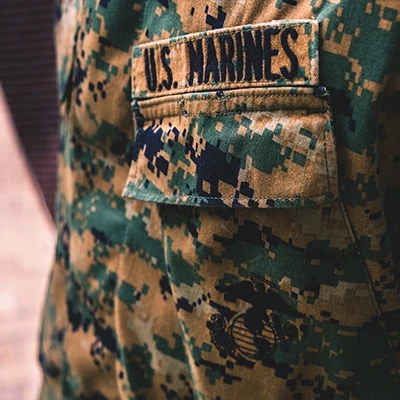When you think about the biggest risk to your company, what comes to mind? A data breach is probably high among concerns, and there’s good reason:this year alone, the Center for Strategic and International Studies identified 16 significant cyberattacks around the world, leaking hundreds of thousands of records.
What about a breach in your supply chain? Natural disasters, factory fires, rising tariffs, geopolitical issues and disease epidemics can all threaten your logistics network. Do you have a plan in place to respond in the event of significant disruption? If so, when was the last time you dusted it off and tested it?
Supply chain risk mitigation is more than sourcing. It requires an understanding of supply and demand. You need to be able to maintain continuity across your networks. If you don’t have backup plans and network strategies in place, one slip could jeopardize your entire business.
Mapping direct risks to your supply chain
Every supply chain has risks, regardless of how well it is planned. In the past five years, we’ve seen multiple threats to the global supply chain, ranging from natural disasters to labor disruptions.
Some of those issues are easier to prepare for than others. When union members across West Coast freight terminals walked off their jobs in 2015, indicators were present. Nine months of contentious negotiations, led to public jabs thrown by both sides, and ultimately, a work stoppage. In this situation, companies had time to make plans and consider alternative ports of entry. Without those preparations, there’s a risk of being affected by the $2 billion in lost productivity a full shutdown can cause daily.
Other situations are impossible to foresee. When Hurricane Harvey made landfall in Houston, widespread flooding damaged homes and threatened lives. Factories were forced to shut down, only opening as part of the massive cleanup efforts. For some businesses, this created two problems: The disaster created a spiked demand for cleaning and construction supplies, but crippled local availability to produce them.
In these situations, do you have alternate network maps available to identify where you need to ramp-up production? Do you have a secondary port identified to support your inbound shipments? Without a smart contingency plan, you not only risk losing inventory – you put in jeopardy your operational success as a whole.
Supply chain lessons learned in the Marine Corps

While serving in the U.S. Marine Corps I learned military logistics strategies that have been integral to global success. Among the supply chain support available to the Marines is the Maritime Pre-Positioning Force. Today, two ship squadrons – one in the Indian Ocean, and one in the South Pacific – stand ready to provide necessary combat support. If a Marine expeditionary brigade is deployed anywhere in the world, these ships can quickly drop all the equipment and supplies they would need for up to 30 days.
The MPF is one of many tools Marines have to ensure operational victory. Logistical strength also comes from the chain of command: Generals communicate goals to senior officers, who create multiple plans and execution strategies. A plan of attack goes to junior officers, who work with the non-commissioned officer brigade to map out an execution path. The NCOs are then empowered to enact the plan with platoons and squads, while changing and adapting to the developing situation.
There should be a direct alignment between your organization’s chain of command and your supply chain. If you have multiple strategies in place and can execute on any given one in the event of disruption, you can set up for operational success.
Using military intelligence in risk mitigation
As illustrated, the military does logistics very well. When thinking about that supply chain, we broke it down to three key needs: beans, bullets and bandages. Those items summarize our critical needs for success. Without food, we would run out of sustenance and the strength to fight. Without ammunition, we would have no means of defense and advance. And without bandages, we wouldn’t be able to self-care and prepare for the next wave.
Because these three items were crucial, the supply chain for each was diversified, so that we could always source them. Think about how that reflects in your logistics network. If you can’t access a key component for your flagship product, what would you do to ensure production doesn’t stop?
We experienced this risk process with a large Consumer Packaged Goods client that was considering a new location on the U.S. Gulf Coast. By incorporating hurricane strike probabilities at different locations, the site identified was 200 miles away from the “optimal cost” solution when risk was considered. In addition, by running sensitivities, we were able to identify the optimal secondary sourcing locations in case of a shut down.
It’s important to know how your supply chain is prepared with the essentials for success. Although your company may not survive on beans, bullets and bandages, there are components and pieces that you can’t live without. As you plan your network design and consider options and scenarios, consider the following questions:
- Are active contingency plans in place?
If you don’t have an active plan to circumnavigate crises in your supply chain, you don’t have mastery over it. Before another international disruption takes place, it’s important to take down the binders with contingency plans and simulate alternate sourcing scenarios. If you train for an emergency, you are empowered to execute when it happens. - Can you prioritize the most urgent needs at every supply chain node?
When supply and inventory are threatened, you need the ability to prioritize customers and orders. This requires intelligence at every supply chain node: source, distribution center and end client. By creating a plan for every potential point of failure, you can get in front of the situation and drive customer satisfaction through disruption. - Where do I need operational redundancy?
When you look at the most important items in your supply chain, how are you sourcing them? If you are ordering components from a single lowest-cost supplier, you could be in jeopardy. Although it may cost more in the short term, creating operational redundancy can give you both regional and port independence, ensuring key items don’t get stopped in an emergency.
Any given part of your supply chain may fail not because of stress, but because of the unknown. As we think about all the issues that could occur – from geopolitical conflict, to natural disasters, to labor disputes – your supply chain needs to be optimized regularly for continued mastery.
By utilizing Transportation Insight as a logistics partner, your company can access the software and expertise it takes to keep your network model up to date. Contact us today for a consultation, and learn how we keep your business driving forward.










